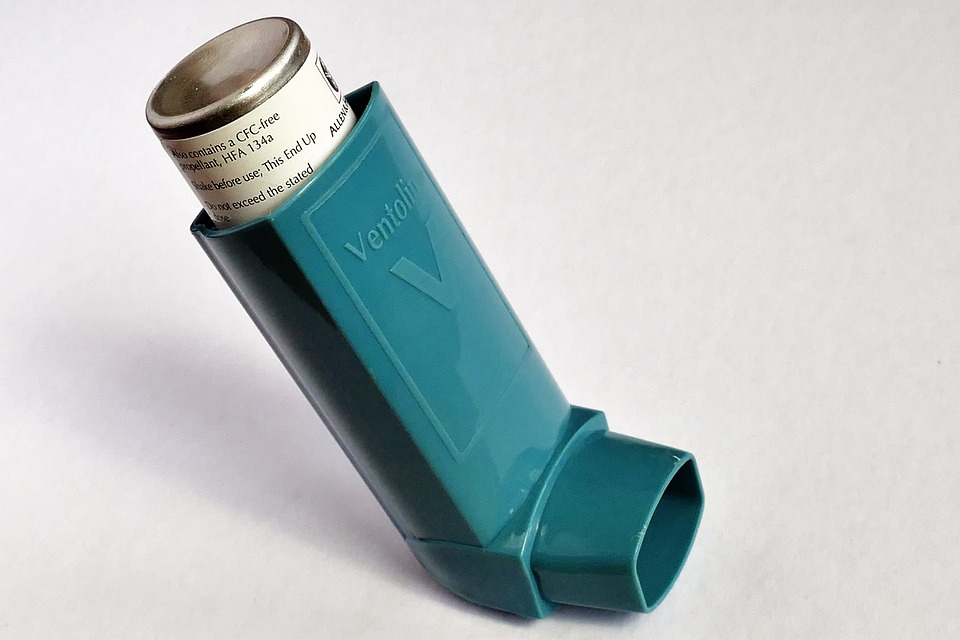
Metabolic syndrome is a cluster of abnormalities that increase the risk of heart disease and other disorders such as diabetes and stroke.
In the study, Dutch researchers pooled data from the LifeLines Study Cohort and examined 140,879 adults. Researchers found that one in 10 participants were using corticosteroids. More than 50 percent of these patients used inhaled corticosteroids alone or in combination with other treatment forms. The participants were then checked for symptoms of metabolic syndrome.
The study showed that participants who used any form of corticoteroids were more likely to develop metabolic syndrome compared with non-users. More specifically, participants who used inhaled corticosteroids had a 1.4-fold increased risk of the condition. Researchers also found that women who used any form of corticosteroids had a 1.2-fold raised odds of suffering metabolic syndrome. However, male users did not show an increased risk of the condition.
Researchers also noted that corticosteroid users had significantly higher body mass index than those who did not take the drug. According to the study, women who used inhaled corticosteroids had a BMI increase of 0.86 kg/m2 compared with nonusers. Both genders who used other forms of corticosteroid such as cream, tablet, and injectables had a BMI increase of 0.31 kg/m2. However, the researchers were not able to determine why corticosteroids prompted weight gain in users.
"Our findings suggest that inhaled corticosteroids may have greater systemic effects than recognized. This could warrant stricter monitoring of these adverse effects and potentially more restraint in prescriptions of this type of medication, especially in women at risk of the metabolic syndrome," said study author Dr Elisabeth van Rossum.
However, study co-author Dr. Mesut Savas cautioned that the results do not indicate a causal relationship between inhalers ans metabolic syndrome. "Our results are suggestive for, but do not prove, causality. We need studies that will follow corticosteroid users and nonusers over time and monitor for development of the metabolic syndrome," Dr. Savas stated.
The findings were presented at the Endocrine Society's 99th annual meeting in Orlando, Florida.
Asthma, metabolic syndrome by the numbers
Data from the Centers for Disease Control and Prevention (CDC)'s National Health Interview Survey in 2015 showed that 18.4 million adults 18 years and older currently have asthma, which equates to 7.6 percent of the total adult population. CDC data also showed that 6.2 million children have the disease, which accounts to 8.4 percent of the children's population.
More than six percent of all visits to office-based physicians were associated with asthma, a 2013 survey revealed. Furthermore, 1.6 million emergency department visits in the U.S. were tied to asthma attacks. According to another CDC survey, there were 3,651 asthma-related deaths in 2014 alone. According to the Asthma and Allergy Foundation of America (AAFA), the annual cost associated with the disease is about $56 billion. AAFA data also showed that direct health costs amount to nearly $50.1 billion, while indirect costs were $5.9 billion.
On the other hand, data from the International Diabetes Federation showed that 25 percent of adults worldwide suffer from metabolic syndrome. People with metabolic syndrome were three times as likely to suffer and die from heart attack or stroke than those who did not have the disease. Patients with metabolic syndrome were also five times as likely to develop type 2 diabetes compared with their healthier counterparts.
A study published in the Journal of the American Medical Association also revealed that nearly 35 percents of U.S. adults were estimated to have metabolic syndrome. Researchers also found an age-dependent increase in the rates of metabolic syndrome in patients. Data showed that the prevalence of metabolic syndrome ranged between 18.3 percent in patients aged 20 to 39 years to 46.7 percent in patients aged 60 years and older. Furthermore, more than 50 percent of women and Hispanic patients had metabolic syndrome.
Read more about the dangers of corticosteroids at DangerousMedicine.com.
Sources include:
Please contact us for more information.























